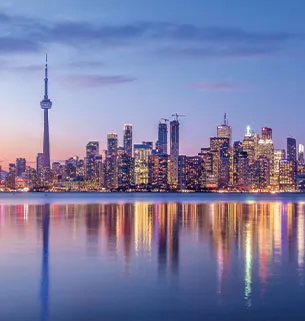John Bollinger, editor of Capital Growth Letter, says the Bear Stearns collapse is a normal part of the credit cycle, and the markets will bounce back.
It seems that the excesses in the sub-prime area have tipped us into a full credit cycle. I did not think that this had to be the case, but it seems it was time. The cost will be a realignment and deleveraging of the world’s financial system, the loss of at least one major financial institution and a round of in(re)flation.
Despair not. The credit cycle is a basic part of capitalism. It redresses the excesses that build up over time, cuts away the deadwood, and sets the stage for the next expansive cycle. It is as natural as breathing, and the only real harm comes when it is thwarted. In Japan, after 1990, they chose to prop up their failing banks via a number of devices, one of the more interesting of which was simply ignoring that the institutions had failed. The result was a great extended recession/deflation, loss of world economic leadership, and zombie financial institutions causing trouble until this day.
In the US, with some notable exceptions, we tend not to do that. While some damage control was applied, Long-Term Capital Management was allowed to fail, as was Kidder Peabody. A fall into a competitor's arms was Bear Stearns’ fate, but it came very close to failing.
The last financial crisis inspired by mortgage derivatives was in 1994. It cost us the old white-shoe firm, Kidder Peabody and visited bankruptcy on Orange County. Bear Stearns was a major player in that crisis, so you might have thought they'd have learned something, which makes the current crisis all the more poignant. To put it simply: they knew better. Alas, greed trumped common sense and an 85 year-old pillar of Wall Street bit the dust.
We aren’t perfect in our record of letting the market be our master, and the record has gotten worse in recent years, but, on average we do the right thing; that is, we let flawed institutions fail. Out of the ashes the next cycle rises with a firm footing to stand on. This means that the cycle of innovation, or creative destruction, as Schumpeter put it, that lies at the heart of capitalism is allowed to run its course, and we are able to reap its long term benefits.
No one enjoys the downside of the cycle when the excesses are purged and equilibrium is restored, but everyone enjoys the fruits of that process—long-term economic growth through innovation. In socialist countries they try to manage this cycle and pay the price in lowered growth potential. So, though these are the days of turbulence and pain, it is tomorrow that we should be focusing on and tomorrow will be better for today. Investing is about the future, even when it is guided by the past.
Subscribe to Capital Growth Letter here…




















